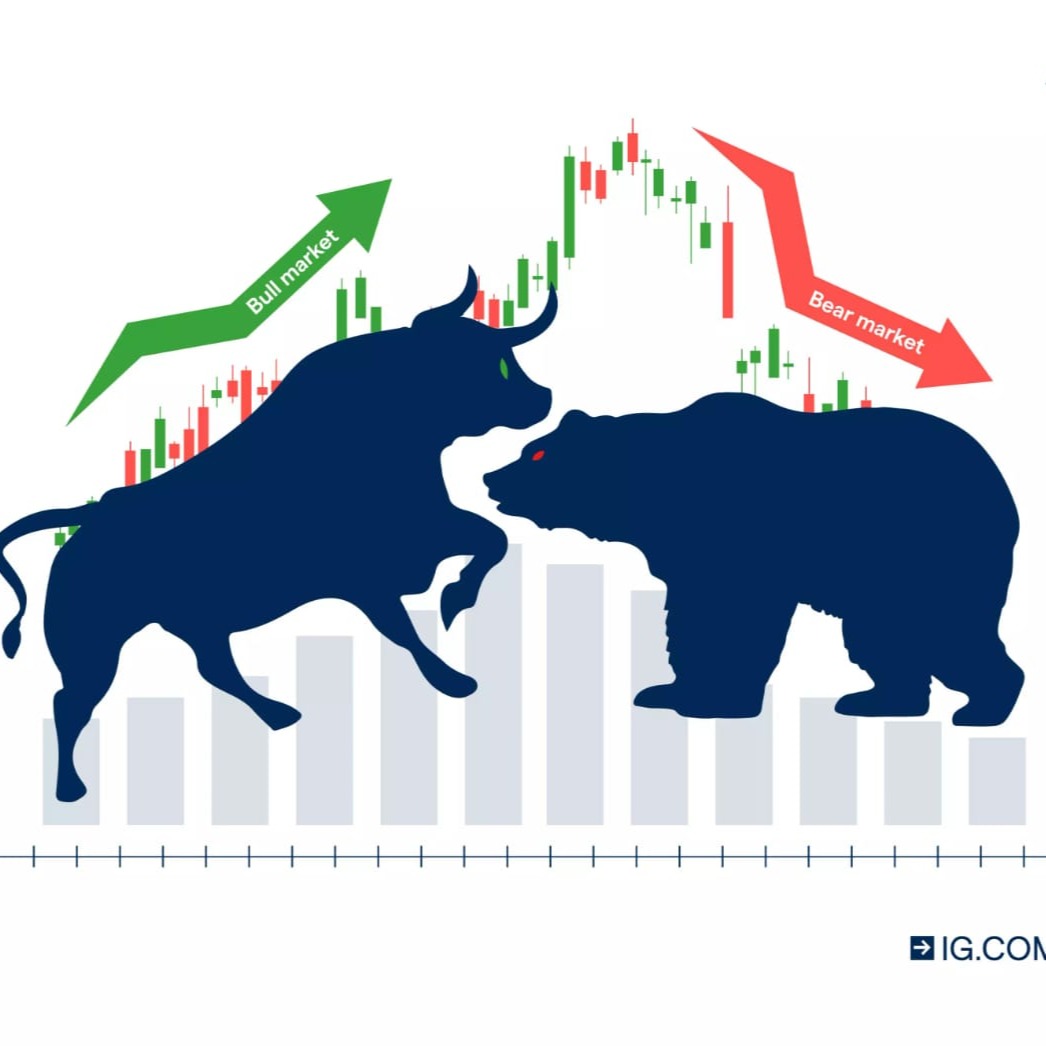
Harga Gas DAOGAS
Info Pasar Gas DAO
Harga live Gas DAO hari ini dalam IDR
Sekarang kamu tahu harga Gas DAO hari ini, berikut adalah informasi lain yang bisa kamu jelajahi:
Bagaimana cara membeli kripto?Bagaimana cara menjual kripto?Apa itu Gas DAO (GAS)Berapa harga mata uang kripto serupa hari ini?Ingin mendapatkan mata uang kripto secara instan?
Beli mata uang kripto secara langsung dengan kartu kredit.Trading berbagai mata uang kripto di platform spot untuk arbitrase.Prediksi harga Gas DAO
Berapa harga GAS di 2026?
Di tahun 2026, berdasarkan prakiraan tingkat pertumbuhan tahunan sebesar +5%, harga Gas DAO (GAS) diperkirakan akan mencapai Rp0.00; berdasarkan perkiraan harga untuk tahun ini, imbal hasil investasi kumulatif dari berinvestasi dan menyimpan Gas DAO hingga akhir tahun 2026 akan mencapai +5%. Untuk detail lebih lanjut, lihat Prediksi harga Gas DAO untuk 2025, 2026, 2030-2050.Berapa harga GAS pada tahun 2030?
Tentang Gas DAO (GAS)
Title: Pemahaman Mengenai Gas DAO Token: Karakteristik dan Pentingnya Dalam Industri Kripto
Pengantar
Saat ini, industri kripto hadir dengan beragam token dan proyek blockchain yang inovatif. Salah satunya adalah Gas DAO Token. Mungkin banyak yang masih belum familiar, namun Gas DAO Token memiliki peran penting di industri ini. Artikel ini akan membantu anda memahami lebih jauh mengenai Gas DAO Token.
Apa Itu Gas DAO Token?
Gas DAO Token merupakan token desentralisasi yang memungkinkan pemiliknya untuk berpartisipasi dalam keputusan-keputusan penting dalam ekosistem Gas DAO. Token ini mewakili bagian dari pemerintahan Gas DAO, dimana partisipasi komunitas sangat diutamakan.
Pentingnya Gas DAO Token
Token ini berfungsi sebagai simbol keanggotaan, mengizinkan penggunanya untuk ikut serta dalam proses pengambilan keputusan DAO. Dengan kata lain, pemegang token memiliki suara dalam mencapai konsensus komunitas mengenai berbagai isu terkait proyek.
Karakteristik Gas DAO Token
Gas DAO Token menawarkan beberapa fitur unik yang menjadikannya menonjol di antara token-token lainnya. Fitur utama ini meliputi:
- Desentralisasi: Seperti token DAO yang lain, Gas DAO Token beroperasi di dalam ekosistem blockchain yang desentralisasi.
- Partisipasi Komunitas: Peran pengguna sangat penting dalam pengembangan dan pengambilan keputusan yang berhubungan dengan Gas DAO.
- Demokratis: Setiap pemegang token memiliki hak suara yang sama dalam proses pengambilan keputusan, tidak peduli berapa banyak token yang mereka miliki.
Kesimpulan
Perkembangan industri kripto membawa berbagai peluang seru yang mendorong partisipasi komunitas dalam proyek-proyek blockchain. Gas DAO Token adalah salah satu contoh bagaimana teknologi blockchain dapat menciptakan ekosistem demokratis di mana setiap pemegang token dapat ikut serta dalam pengembangan dan pencerahan proyek gas DAO. Mengingat peran penting Gas DAO Token dalam sistem ini, pengetahuan dan pemahaman tentang cara kerjanya menjadi penting bagi siapa saja yang ingin terlibat dalam proyek ini atau industri kripto secara lebih luas.
Akhir Kata
Dengan semakin banyaknya token dan proyek baru yang muncul di industri kripto, pendidikan dan pemahaman tentang teknologi dan proses ini menjadi lebih penting dari sebelumnya. Gas DAO Token adalah bagian penting dari ekosistem ini dan menawarkan banyak peluang bagi mereka yang ingin berpartisipasi dalam proses demokratis blockchain. Memahami karakteristik dan fungsi token ini adalah kunci untuk memanfaatkan potensi penuh dari teknologi blockchain.
Insight Bitget



Sumber GAS
Apa yang dapat kamu lakukan dengan kripto seperti Gas DAO (GAS)?
Deposit dengan mudah dan tarik dengan cepatBeli untuk bertumbuh, jual untuk profitTrading spot untuk arbitraseTrading futures untuk risiko tinggi dan imbal hasil tinggiDapatkan penghasilan pasif dengan suku bunga yang stabilTransfer aset dengan dompet Web3 kamuBagaimana cara saya membeli kripto?
Bagaimana cara saya menjual kripto?
Apa itu Gas DAO dan bagaimana cara kerja Gas DAO?
Beli lebih banyak
FAQ
Berapa harga Gas DAO saat ini?
Berapa volume perdagangan 24 jam dari Gas DAO?
Berapa harga tertinggi sepanjang masa (ATH) dari Gas DAO?
Bisakah saya membeli Gas DAO di Bitget?
Apakah saya bisa mendapatkan penghasilan tetap dari berinvestasi di Gas DAO?
Di mana saya bisa membeli Gas DAO dengan biaya terendah?
Harga mata uang kripto terkait
Harga koin yang baru listing di Bitget
Promosi populer
Di mana saya dapat membeli Gas DAO (GAS)?
Bagian video — verifikasi cepat, trading cepat









